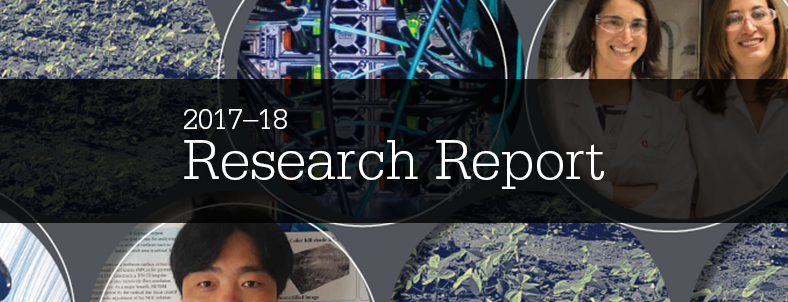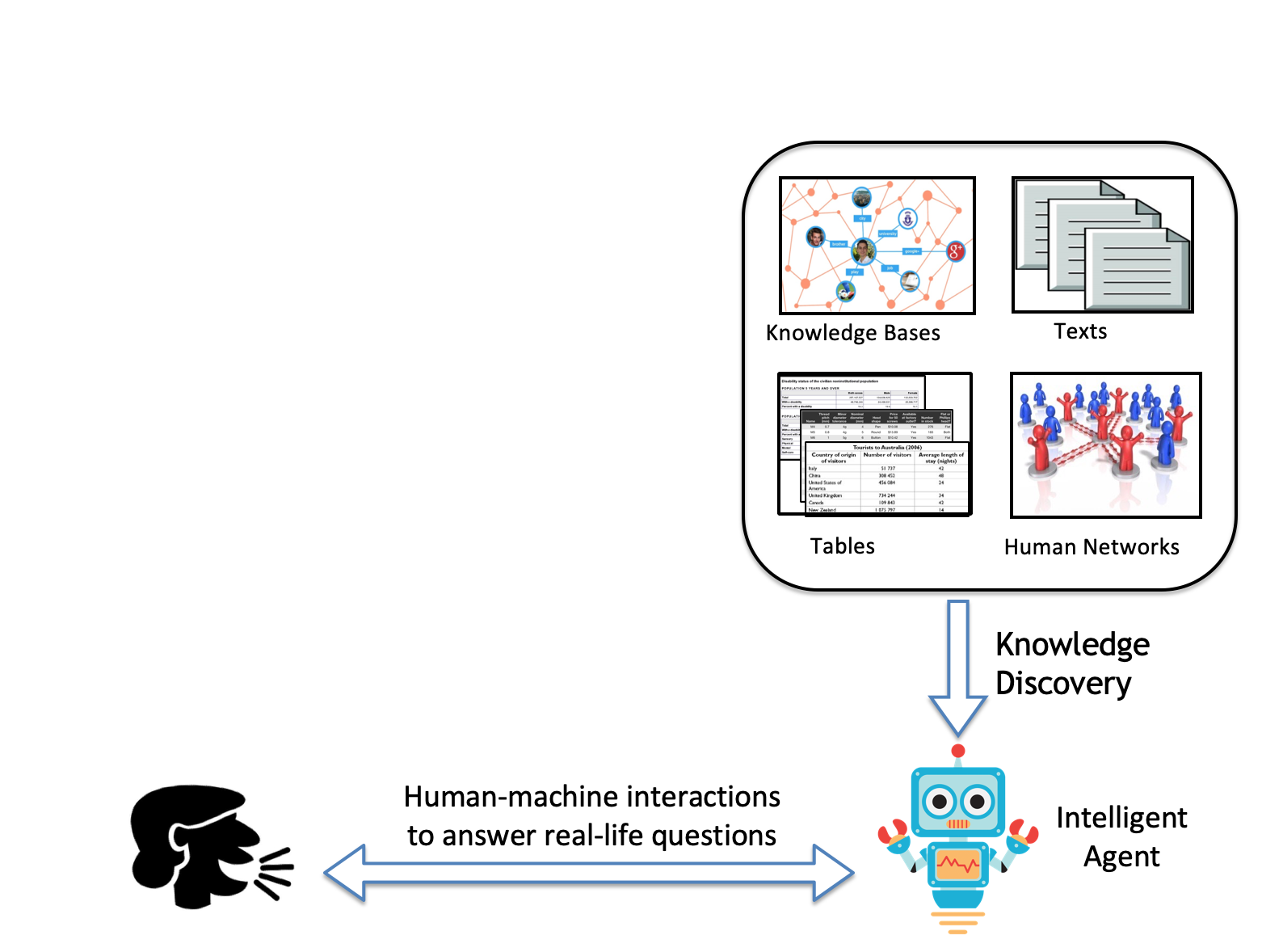How many times a day do you turn to a search engine to answer a question? For most of us, it’s often. Of course, when a question has more depth or could confuse your go-to artificial intelligence source, we turn to other people, maybe through direct contact or community platforms. And while both machine and human question-answering avenues have developed rapidly, they each have their limitations.
Huan Sun, Ph.D., assistant professor of Computer Science and Engineering at The Ohio State University, wants to address those limitations by combining the best of both worlds and she’s using the Ohio Supercomputer Center to do it.
“Our grand vision is that humans and machines should team up as an integrated complex system for effective and efficient question answering,” Sun said. “But the techniques we’re proposing can potentially be generalized to many other scenarios where human and machine intelligence need to be combined in an algorithmic manner.”
Sun and her lab began using OSC to collect open source data sets to do analysis and build models for benchmarking. One of those models is based on reinforcement learning, a branch of machine learning that involves human-machine collaborations, allowing the machine to learn from human interaction.
“If we can leverage human-machine collaborations in the task of question answering, there are a lot of opportunities to advance other AI (artificial intelligence) tasks further,” Sun said. While one goal of Sun’s research is simply helping us all get better answers to our questions faster, a bigger goal is improving AI’s ability to discovering knowledge from various data sources and using those knowledge to answer questions and help people make decisions in various domains including healthcare, online shopping, education, etc. Sun used Tensorflow, an open source software library in Python, on OSC’s Owens and Oakley clusters to model the large-scale data sets that included an encyclopedic knowledge base with hundreds of millions of entities in the world as well as their relations. The research also includes modeling deep neural networks that take a massive number of model parameters to be optimized .
The GPU capabilities on Owens and the storage OSC offers are critical to Sun’s research.
“We heavily use methods like deep learning models, which can easily have millions of parameters to build, and the models may take two days to train even when using one or two GPUs,” Sun said. “It could take weeks or months to fully develop and refine these models and so HPC (high performance computing) is really important.”
Project Lead: Huan Sun, Ph.D., Assistant Professor of Computer Science and Engineering, The Ohio State University
Research Title: Advancing Human and Machine Question Answering via Human-Machine Collaboration
Funding Source: The Ohio State University, The Army Research Office.
Website: http://web.cse.ohio-state.edu/~sun.397/

